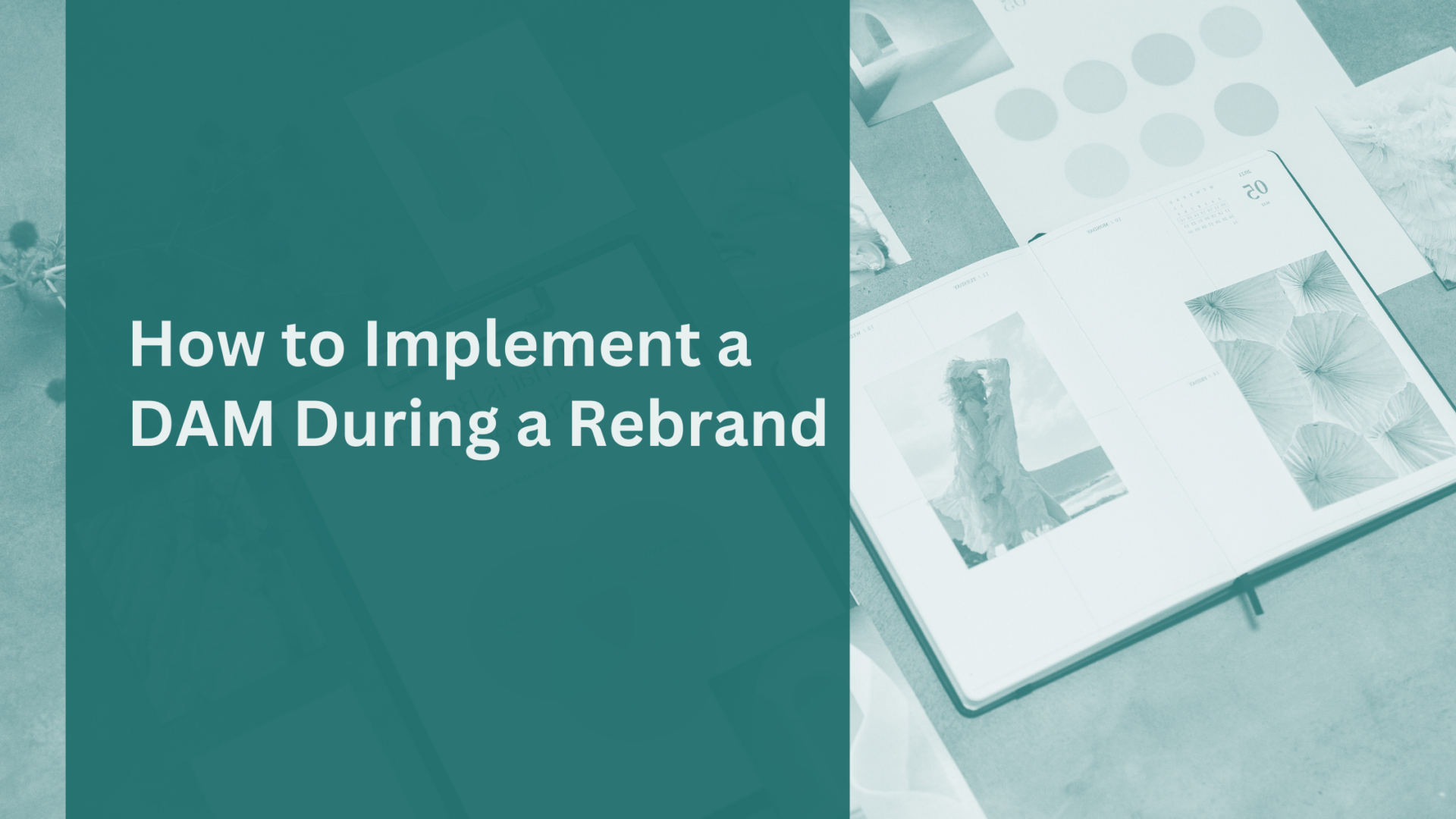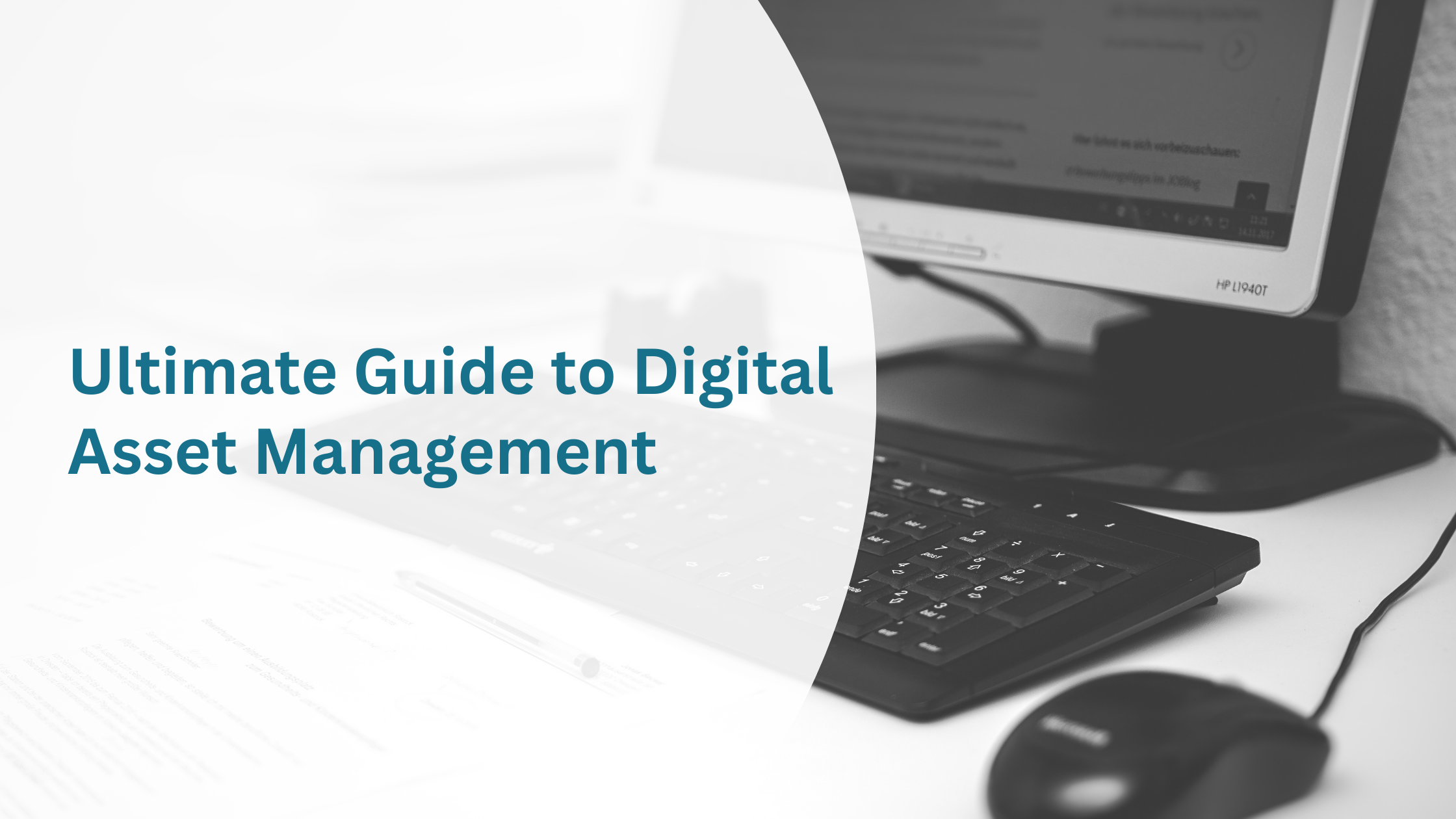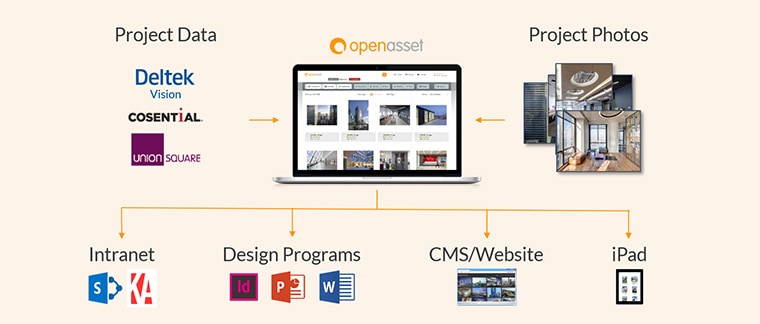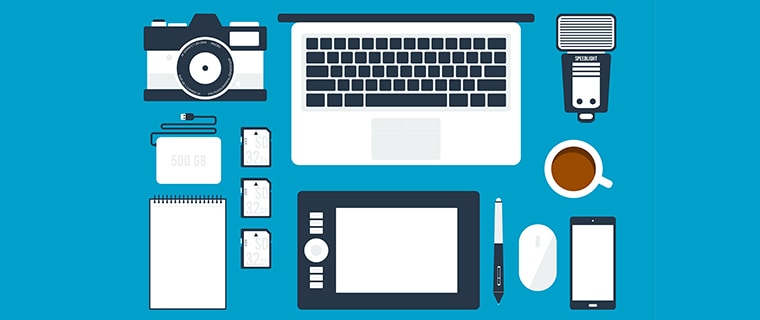How to Implement a DAM During a Rebrand
Jul 21, 2023

Is your organization thinking of rebranding? As businesses evolve and grow, rebranding becomes crucial to remaining relevant and capturing new markets. However, a successful r-branding process involves more than just a fresh logo and updated visuals; it requires streamlined and efficient management of digital assets. This is where a Digital Asset Management (DAM) system comes in. Implementing and choosing the right DAM solution helps you begin your rebranding process successfully. It makes major creative changes easy and efficiently updates your brand.
As experts in the DAM space, we understand the importance of using the best technology to streamline your rebranding rollout and maintain the integrity of your brand longer-term. In this blog, we will guide you through the essential steps when implementing a DAM solution and the best practices for using a DAM during your rebranding journey. Even if your business isn’t going through rebranding, you can still apply the steps in this article to have improved brand governance and a high-quality brand management system.
Why Do Companies Rebrand?
The rebranding journey starts when a company or organization recognizes the need for change and growth. Companies refresh the appearance and perception of their product or company (rebrand) to influence how customers perceive their product, service, or company by updating their brand with a modern and relevant feel that aligns with customer needs.
Companies may be considering a rebrand because they want to:
- Reposition themselves in their existing market
- Expand their appeal to a wider audience
- Expand into new spaces
- Navigate through and resolve a public relations crisis
- Embrace a new corporate vision
A company may also rebrand due to recent mergers or acquisitions.
Why You Should Implement a DAM During a Rebrand
When rebranding, implementing a DAM solution can be extremely beneficial for company-wide brand adoption and success. In fact, during the rebranding process, your marketing team has the perfect chance to take charge of the brand and how it’s used. You’ll be reviewing, organizing, and creating all sorts of materials with the new brand and your shiny new brand assets will need a home. This makes the rebranding process the best time to implement a DAM because you can add new, on-brand images and files to your robust DAM and leave outdated files in your old system.
Toward the end of your rebranding process, you’ll have lots of new digital files like logos, website pages, product photos, and designs for marketing. The challenge is how to manage and share all these files effectively. Your company’s employees and outside vendors will need access to them, and you need to find an efficient way to provide them access. Also, you must ensure that everyone uses the new brand assets consistently, and some files may have limited usage. Additionally, certain divisions of the company shouldn’t have access to everything. Luckily, digital asset management software is a solution that addresses these challenges.
DAM systems act as a central hub for hosting and transferring digital assets. With a digital asset management system, you can store and share all the different parts of your approved brand, like logos, colors, photos, and more.
How to Implement a DAM During a Rebrand
Implementing a DAM system during a rebranding process can significantly enhance efficiency, consistency, and brand impact. A powerful rebranding can transform your marketing capabilities and strengthen relationships with stakeholders and customers. With a reliable DAM system, you can ensure consistency throughout your brand and smoothly implement rebranding changes. To ensure a successful implementation during your rebrand, consider the following steps.
1. Assess Your Current Digital Asset Landscape
Begin by evaluating your existing digital asset management practices, identifying pain points, and understanding the assets you need to manage effectively during the rebrand.
2. Set Clear Goals and Timelines
Define specific goals for implementing the DAM system. Establish what you want to achieve, such as improved asset organization, faster access, increased collaboration, or brand consistency. Discuss your workflows, current project, and digital asset storage methods.
3. Select the Right DAM Solution
Research and choose a DAM platform that aligns with your organization’s needs, scalability, and budget. Look for features like metadata tagging, version control, permission settings, and integrations with other tools you use.
4. Archive and Organize Existing Assets
Before migrating assets to the DAM, clean up and organize your high-resolution files. Remove duplicates, outdated content, or assets no longer relevant to the rebrand. You should also group files by project or folder.
5. Upload New Brand Assets
This step might require an extensive amount of time. During this step, your team will focus on preparing content for upload into your chosen DAM system. This involves moving files (with the rebrand) from where they are currently stored (another DAM, local or network server, or shared drive) into your new DAM.
6. Migration Plan
Strategize with your DAM provider on how to transfer assets into the DAM system. This may involve manual uploads or bulk migration, depending on the volume of assets and the DAM provider’s services and capabilities.
7. Map Out Asset Taxonomy and Metadata
Work closely with your DAM provider to personalize and customize your DAM system. Develop a clear and consistent taxonomy to categorize assets logically. Establish metadata guidelines to facilitate easy searching and filtering of assets. Your DAM provider should review the projects and content that was migrated into the system, action items, and file-level metadata.
8. User Training
Once your content is successfully imported into the system, your DAM provider should provide training to relevant team members on how to use it effectively. During this step, you should focus on feeling confident while using the DAM system. With your DAM provider, strategize and plan the training process, define the rollout strategy, and refine your workflows to align with your vision. Training may include organizing various sessions and webinars to help with preparation for your team.
9. Promote Adoption
Encourage a culture of asset management by promoting the DAM as the go-to resource for all digital assets. During this step, your system will be shareable and you can begin the process of rolling out the system to other users, enabling them to adopt and integrate the DAM system into their daily work. This will be a starting point for other members to start using the tool effectively. Highlight the DAM system’s benefits and how it simplifies the rebranding process.
10. Monitor and Maintain
Keep the asset library up-to-date, reflecting the latest brand guidelines and assets. Use features like reports and saved searches to easily keep track of any content that needs tagging with keywords or be reviewed and approved. Keeping your content current in your DAM tool will ensure it continues to be a helpful resource for you and your team.
Next Steps for Your Rebrand
Investing in a DAM during your rebrand will help provide all the features required for managing your new, valuable brand assets. We hope we’ve provided a better idea of what to expect implementing a digital asset management solution during your rebrand.
Whether you’re rebranding or not, it’s crucial to ensure brand consistency and manage your ever-growing number of images, videos, logos, and media in your digital asset library. At OpenAsset, we provide a high-quality software solution for brand management in the built world. As the only DAM system designed specifically for AEC, we make it easy for you to find the digital brand assets you need.
Request a demo with us and learn how OpenAsset can help you efficiently manage your digital assets, even throughout a company rebranding.





